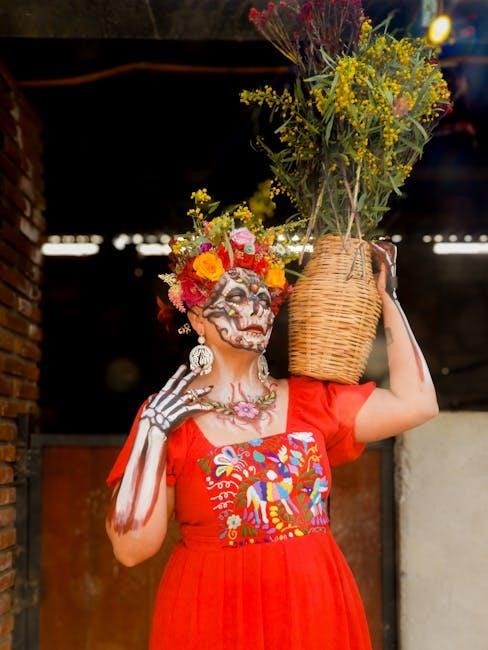
The Fellow Craft Degree, the second in Freemasonry, symbolizes manhood and life’s noon, encouraging education in history, science, and the arts, while promoting lifelong learning and self-improvement.
Significance of the Second Degree in Freemasonry
The Fellow Craft Degree holds profound significance as the second step in Masonic initiation, symbolizing the maturation of the candidate and their pursuit of knowledge. It represents manhood and the prime of life, emphasizing education and self-improvement. The degree encourages brethren to explore history, science, and the liberal arts, fostering a lifelong commitment to learning. The ritual and lecture reinforce moral and philosophical lessons, preparing the candidate for greater responsibilities within the fraternity. This degree also deepens the understanding of Masonic symbolism, such as the importance of light and the five orders of architecture, which are central to the teachings. Ultimately, it strengthens the bonds of brotherly love and fellowship, guiding the candidate toward a path of wisdom and service.
Historical Background of the Fellow Craft Ritual
The Fellow Craft Ritual traces its origins to the medieval stonemason guilds, evolving over centuries into a cornerstone of Freemasonry. As the second of three degrees, it builds upon the Entered Apprentice Degree, expanding the candidate’s understanding of Masonic principles. Historically, the ritual reflects the intellectual and philosophical growth of its members, emphasizing education and moral development. The degree’s focus on the liberal arts and sciences aligns with the Enlightenment values that influenced Freemasonry. Its rituals and symbolism, such as the five orders of architecture, have been refined over time, preserving ancient traditions while adapting to modern contexts. The Fellow Craft Degree remains a vital step in the Masonic journey, bridging the transition from apprenticeship to mastery.
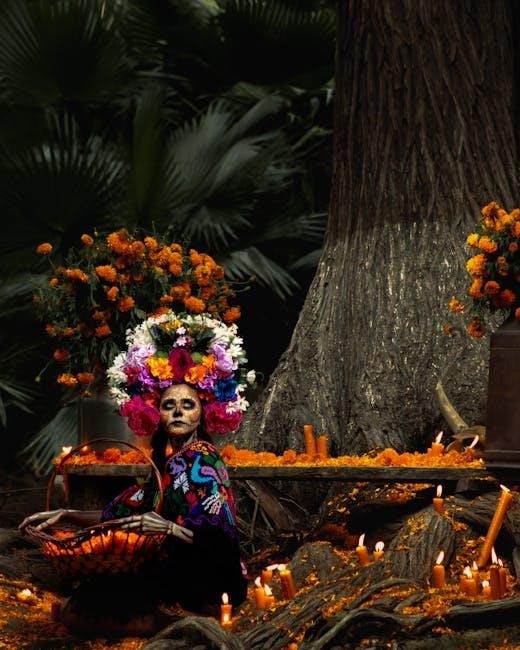
Structure of the 2nd Degree Masonic Ritual
The second degree begins with opening the lodge, followed by the initiation ceremony, including key elements like the preparation and the lecture, explaining Masonic symbolism and teachings.
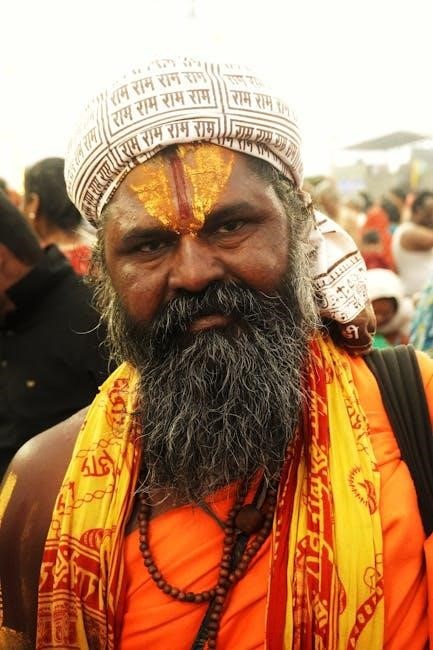
Preparation for the Ritual
Preparation for the Fellow Craft degree involves both the candidate and the lodge. The candidate must review the First Degree teachings and reflect on their Masonic journey. They should attire appropriately, often in ceremonial regalia, and be free from worldly distractions. The lodge ensures the temple is properly arranged with symbolic items like the tracing board and necessary regalia. Officers rehearse their roles to deliver the ritual seamlessly. This preparation underscores the importance of the ceremony, ensuring a meaningful and impactful experience for the candidate. Proper readiness reflects respect for the tradition and fosters a conducive environment for spiritual and moral growth.

The Initiation Ceremony: Key Elements
The initiation ceremony for the Fellow Craft degree is a solemn and symbolic process. It begins with the preparation of the temple and the assembly of the brethren. The candidate, properly attired, is admitted and undergoes a series of trials and examinations to demonstrate their understanding of the First Degree. The ceremony includes the presentation of the tracing board, emphasizing the importance of education and moral development. The candidate is then instructed in the secrets of the degree, including the grip, word, and sign. The ritual culminates in the investiture of the Fellow Craft regalia, symbolizing the candidate’s progression in Masonic knowledge and their commitment to the fraternity’s principles.
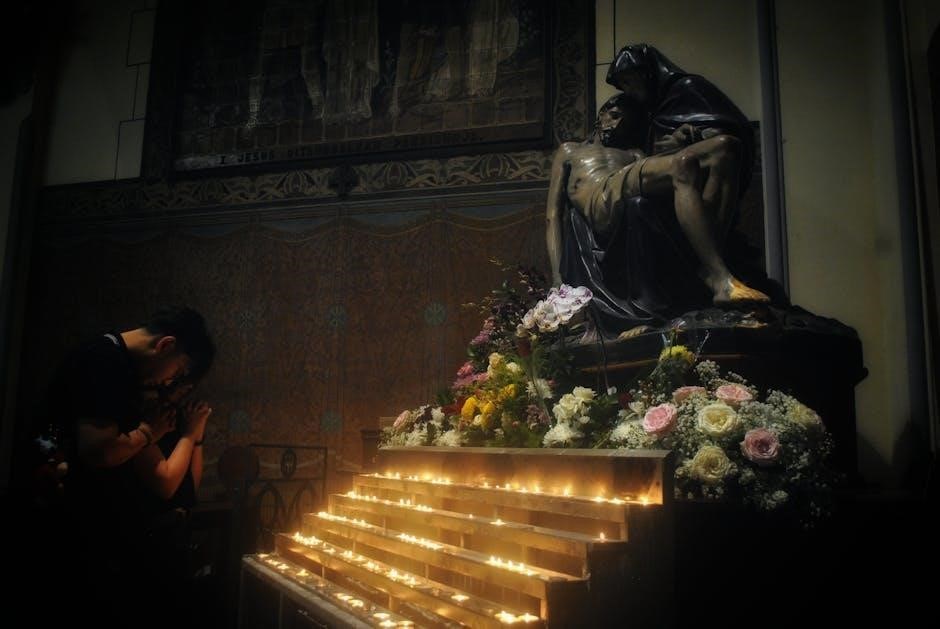
The Lecture: Unveiling Symbolism and Teachings
The lecture in the Fellow Craft degree is a critical component, where the candidate is presented with deeper insights into Masonic symbolism. The tracing board is used to illustrate key principles, such as the five orders of architecture, which represent moral and spiritual growth. The letter “G” is emphasized as a reminder of divine guidance and the pursuit of knowledge. Light, as a central symbol, signifies wisdom and illumination. The lecture also explores the importance of education, self-improvement, and the application of moral lessons in daily life. This segment ensures the candidate understands the philosophical underpinnings of Freemasonry, fostering a stronger connection to its teachings and values.
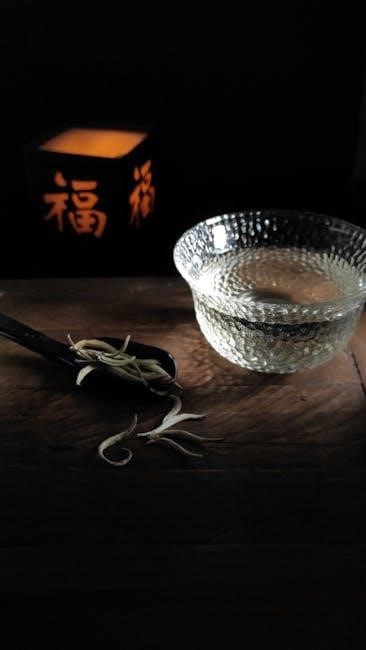
Symbols and Their Meanings in the Fellow Craft Degree
The Fellow Craft degree is rich in symbols, each carrying profound meaning; The five orders of architecture represent moral lessons, while the letter “G” signifies divine guidance and geometry, emphasizing the pursuit of knowledge and order. Light symbolizes wisdom and truth, guiding Masons toward enlightenment and virtue. These symbols collectively underscore the importance of self-improvement, brotherhood, and the quest for spiritual and intellectual growth within Freemasonry.
The Five Orders of Architecture
The five orders of architecture—Tuscan, Doric, Ionic, Corinthian, and Composite—are central symbols in the Fellow Craft degree, representing moral and intellectual lessons. Each order embodies distinct virtues: Tuscan symbolizes simplicity and humility, Doric represents strength and stability, Ionic reflects wisdom and creativity, Corinthian signifies beauty and refinement, and Composite embodies harmony and unity. These orders are linked to the five human senses and the stages of human life, teaching Masons to balance their passions and cultivate self-improvement. By studying these architectural styles, candidates are reminded to build their character with the same precision and care as a master builder constructs a temple. This symbolism underscores the importance of moral architecture in Freemasonry, guiding members toward a life of purpose and integrity.
The Letter “G” and Its Significance
The letter “G” holds profound significance in the Fellow Craft degree, often symbolizing Geometry and the Great Architect of the Universe. It represents the divine wisdom that governs creation and humanity’s pursuit of knowledge. In Masonic rituals, “G” is a reminder of the importance of order, harmony, and the timeless principles of the universe. It also signifies the unity of God and geometry, reflecting the interconnectedness of spiritual and scientific truths. The letter “G” is prominently displayed in the Fellow Craft degree to emphasize the Masonic values of enlightenment, moral growth, and service to humanity. Its presence serves as a constant reminder of the fraternity’s philosophical foundation and the candidate’s journey toward self-improvement and brotherhood.
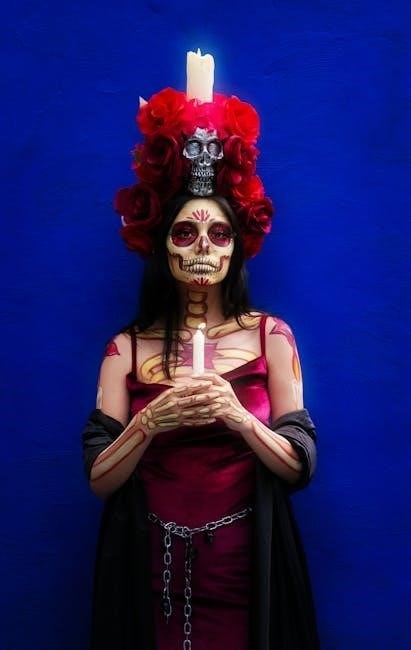
The Importance of Light in the Ritual
Light plays a central role in the Fellow Craft degree, symbolizing wisdom, truth, and spiritual enlightenment. It represents the divine light that guides humanity through ignorance and darkness. During the ritual, light is used to signify the candidate’s journey toward knowledge and moral advancement. The illumination of the lodge and its symbols emphasizes the importance of seeking understanding and virtue. Light also serves as a metaphor for the Great Architect of the Universe, reminding Masons of the divine order that governs creation. Through its presence, light reinforces the principles of Freemasonry, encouraging brethren to strive for intellectual and moral growth. Its significance underscores the transformative nature of the Fellow Craft degree, illuminating the path to self-improvement and brotherly unity.
The Proficiency Test for the Fellow Craft Degree
The proficiency test evaluates the candidate’s comprehension of rituals, symbols, and teachings, ensuring readiness for further Masonic education and responsibilities.
Preparing for the Proficiency Questions and Answers
Preparation for the proficiency test involves thorough study of the Fellow Craft ritual, focusing on key symbols, teachings, and historical context. Candidates should review the ritual text, paying attention to the significance of elements like the five orders of architecture and the letter “G.” Understanding the philosophical lessons, such as the pursuit of knowledge and brotherly love, is essential. Utilizing study aids like summaries and flashcards can help retain information. Engaging in discussions with experienced Masons provides additional insights and clarifies complex concepts. A structured study plan, including regular review and practice, ensures readiness for the questions, demonstrating a deep comprehension of the degree’s principles and symbolism.
Significance of the Proficiency in Masonic Education
The proficiency test holds profound importance in Masonic education, as it ensures a deep understanding of the Fellow Craft degree’s teachings. By mastering the ritual and its symbolism, members demonstrate their commitment to the fraternity’s principles. This process fosters intellectual growth, reinforcing the lessons of self-improvement and brotherly love. Proficiency also serves as a foundation for further Masonic development, preparing members to embrace higher degrees with greater insight. It strengthens the bond within the fraternity by ensuring a shared understanding of its philosophy. Ultimately, the proficiency test is a cornerstone of Masonic education, promoting unity and continuity in the pursuit of knowledge and moral excellence.
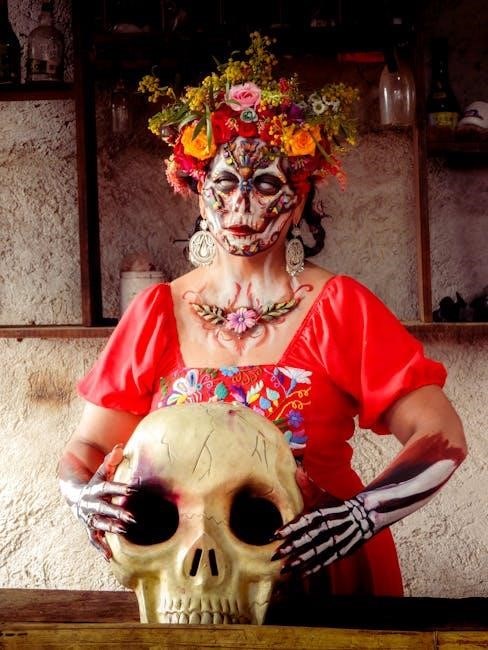
Obligations and Tokens in the Second Degree
Obligations represent a member’s promise to uphold Masonic principles, while tokens serve as symbols of unity and recognition, reinforcing commitment to the fraternity and its values.
The Obligation: A Promise of Loyalty and Brotherhood
The obligation in the Fellow Craft Degree is a solemn promise to uphold the principles of Freemasonry, emphasizing loyalty and brotherhood. It reaffirms the member’s commitment to the fraternity, building on the Entered Apprentice degree. The obligation includes a pledge to abide by Masonic laws, respect fellow members, and uphold moral and ethical standards. This oath is not merely a formal act but a heartfelt dedication to the values of the Craft. It serves as a guiding force in the member’s actions and decisions, fostering unity and trust within the lodge. By accepting this obligation, the candidate strengthens their bond with the fraternity, reinforcing their journey toward self-improvement and service to others.
The Token: A Symbol of Recognition and Unity
The token in the Fellow Craft Degree serves as a tangible symbol of recognition and unity among Masons. It is presented to the candidate during the ritual, signifying their progression and commitment to the fraternity. This token is a reminder of the bonds of brotherhood and the obligations undertaken. Its design often incorporates Masonic symbols, such as the square and compasses, reinforcing the teachings of the degree. The token also acts as a means of identification, allowing Masons to recognize one another. It embodies the principles of unity and shared values, strengthening the ties within the lodge. By accepting the token, the candidate reaffirms their dedication to the Craft and its timeless ideals.

Philosophical and Moral Lessons of the 2nd Degree
The Fellow Craft Degree emphasizes virtue, self-improvement, and brotherly love, encouraging Masons to cultivate wisdom and uphold ethical standards in their personal and societal roles.
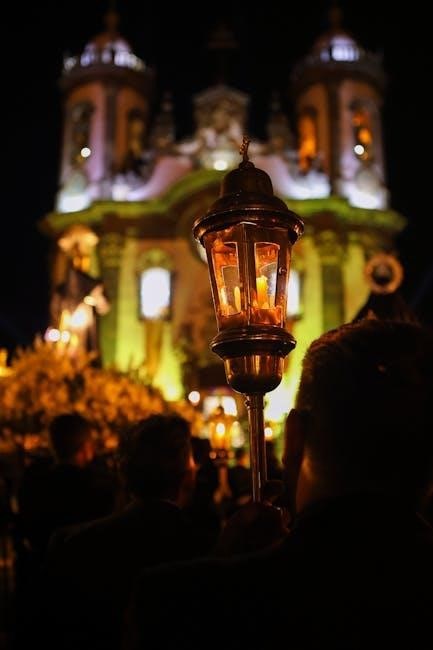
The Pursuit of Knowledge and Self-Improvement
The Fellow Craft Degree underscores the importance of intellectual and moral growth. Masons are encouraged to seek knowledge through education, reflection, and practical application. The ritual emphasizes that self-improvement is a lifelong journey, fostering wisdom, virtue, and ethical behavior. By studying the arts and sciences, brethren refine their minds and contribute to societal progress. This degree teaches that true enlightenment comes from balancing intellectual pursuits with moral integrity, ensuring that knowledge is used for the betterment of oneself and humanity. The pursuit of self-improvement aligns with Freemasonry’s core principles, inspiring individuals to become better versions of themselves while serving others.
Brotherly Love and the Importance of Fellowship
Brotherly love is a cornerstone of Freemasonry, emphasizing harmony and mutual respect among members. The Fellow Craft Degree reinforces the bond of fellowship, teaching that unity strengthens the fraternity. Masons are reminded to act with compassion, empathy, and kindness toward one another, transcending personal interests. Fellowship fosters a supportive environment where brethren can grow intellectually and morally. The ritual highlights the importance of maintaining harmony within the lodge, ensuring that disagreements are resolved amicably. By prioritizing brotherly love, Masons create a foundation of trust and solidarity, essential for personal and collective progress. This principle extends beyond the lodge, encouraging Masons to promote understanding and unity in their communities. Brotherhood is not merely an ideal but a living practice that enriches lives and strengthens society.
The Fellow Craft Degree profoundly enriches a Mason’s journey, blending education, symbolism, and brotherhood. It underscores the pursuit of knowledge and moral growth, embodying Masonry’s timeless principles.
Reflections on the Fellow Craft Degree
The Fellow Craft Degree offers profound reflections on personal growth, intellectual exploration, and fraternal bonds. It deepens understanding of Masonic principles, encouraging brethren to seek wisdom and refine their character. Through its rituals and teachings, it emphasizes the importance of education, self-improvement, and service to others. This degree fosters a deeper connection to the Craft, inspiring Masons to apply its lessons in their daily lives. Reflection on its symbolism and moral truths provides a lifelong journey of enlightenment and brotherhood, enriching both the individual and the fraternity as a whole.
Its Relevance in Modern Freemasonry
The Fellow Craft Degree remains highly relevant in modern Freemasonry, offering timeless lessons that resonate with contemporary values. Its emphasis on self-improvement, intellectual growth, and brotherly love aligns with the needs of today’s society. The teachings of the second degree encourage Masons to adapt ancient principles to modern challenges, fostering a balance between tradition and progress. By promoting ethical living, education, and fellowship, the Fellow Craft Degree continues to inspire personal and communal development. Its universal appeal ensures its enduring significance, making it a cornerstone of Masonic education for brethren across the globe. Its adaptability to modern life underscores Freemasonry’s role as a vibrant, evolving fraternity.